 |
A motorcycle despatch rider delivers a message to the signals office of 1st Border Regiment at Orchies, 13 October 1939. Imperial War Museum O129.
|
A despatch rider (or dispatch) is a military messenger,
mounted on horse or motorcycle (and occasionally in Egypt during World War I,
on camels).
In the UK 'despatch rider' is also a term used for a
motorcycle courier.
Despatch riders were used by armed forces to deliver urgent
orders and messages between headquarters and military units. They had a vital
role at a time when telecommunications were limited and insecure. They were
also used to deliver carrier pigeons.
During World War II despatch riders were often referred to
as Don Rs (from phonetic spelling for D in "DR") in Commonwealth
forces. In World War II, Royal Corps of Signals soldiers carried out the role
and the Royal Signals Motorcycle Display Team was formed from their number.
They were also used by the Royal Air Force and the Royal Navy, where they
maintained contact with land bases and some of the riders were members of the
Women's Royal Naval Service. In the UK, Bletchley Park initially received
transmissions from the listening stations (Y-stations) by despatch rider, but
this was later switched to teleprinter transmission.
The British military often used Triumph, Norton, BSA, Matchless
and Ariel for despatch riders, and although radio communications were much more
advanced during World War II than World War I - huge numbers were produced (e.g. over 75,000
Norton 16H models).
Memoirs of Riders
W. H. L. Watson. Adventures of a Motorcycle Despatch Rider
During the First World War.
Raymond Mitchell Commando Despatch Rider.
Albert Simpkin - edited by David Venner. "Despatch
Rider on the Western Front 1915–1918: The Diary of Sergeant Albert Simpkin
MM".
 |
| British women dispatch riders. South African girls who went to England to join the "First Aid Nursing Yeomanry" learn stunt riding to give them balance and confidence in handling their machines. They are members of a dispatch riding section. |
 |
| An Indian Dispatch Rider making up time on a good stretch of road in Cyprus, 3 March 1942. |
 |
A little girl holding an umbrella watches a despatch rider attempt to clear the carburetor of his motorcycle in torrential rain, 4 October 1943. Imperial War Museum NA7526.
|
 |
ATS motorcycle despatch rider in Northern Ireland, 26 September 1941. Imperial War Museum H14291.
|
 |
A motorcycle despatch rider putting on his gas mask during a 50-mile motorcycle trial in Cyprus, 3 March 1942. Imperial War Museum E9025.
|
 |
Motorcycle despatch riders wearing gas masks during a section of a 50-mile motorcycle trial in Cyprus, 3 March 1942. Imperial War Museum E9027.
|
 |
A Canadian motorcycle despatch rider on a Norton 16H seeks directions in a Normandy village. Imperial War Museum HU 69102.
|
 |
Canadian motorcycle despatch rider surrounded by young children at a brigade HQ, March 1943. Imperial War Museum H28023.
|
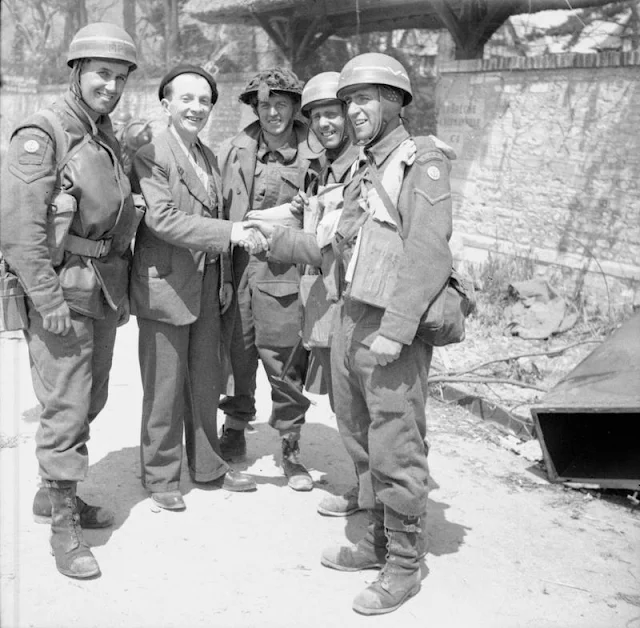 |
A French civilian greets British troops in La Brèche d'Hermanville, 6
June 1944. The three CMP (Corps of Military Police) despatch riders are
from No. 5 or 6 Beach Group (note formation sign of a red anchor on a
pale blue background), attached to 3rd Division. Imperial War Museum B5028.
|
 |
| Force Publique dispatch rider, Belgian Congo, circa 1942. |
 |
Royal Corps of Signals motorcycle despatch riders arrive at the mobile headquarters of an armored division, 30 August 1941. The vehicle is an AEC 4x4 Armoured Command Vehicle (ACV) Type 1. Imperial War Museum H13261.
|
 |
Driver A Beagle, an RASC despatch rider, working on his Matchless G3 motorcycle, 19 March 1944. Imperial War Museum NA 13092.
|
 |
Soldiers of the unit to which Captain Ardizzone was attached are seen traveling along a road by the side of a canal. On the right is a French angler who is intent on his sport and pays no attention to the passing troops, whereas the Frenchwoman on the left with her children is ready to exchange a joke with the British soldiers. Leading away to the distance is a road with a low house to the left and a canal running beside it. In the right middle distance there stands a substantial house surrounded by a park and trees. Moving away from the viewer along the road is a column of British Army transport followed by a motorcycle despatch rider. In the back of the rearmost vehicle a soldier leers at a woman standing near the low house. She has two small children in hand, and she smiles back at the soldier. To the right of the column, sitting on the canal bank a man, wearing an overcoat and bowler hat, sits fishing. 1940. Imperial War Museum ART LD 129.
|
 |
A motorcycle despatch rider hands a message to an officer of the Bedfordshire and Hertfordshire Regiment on the Isernia front, 20 November 1943. Imperial War Museum NA8903.
|
 |
A motorcycle despatch rider checks his route with a Canadian military policeman, 30 January-3 February 1944. Imperial War Museum NA11744.
|
 |
A motorcycle despatch rider watches as the message he has brought to 8th Indian Division HQ is handed to the GOC, Major General D Russell, by his ADC, Captain D A Sconce, 30 January-3 February 1944. Imperial War Museum NA 11749.
|
 |
Royal Signals despatch riders wash and shave in slit trenches at 69th Brigade HQ, 50th Division, 13 June 1944. Imperial War Museum B5436.
|
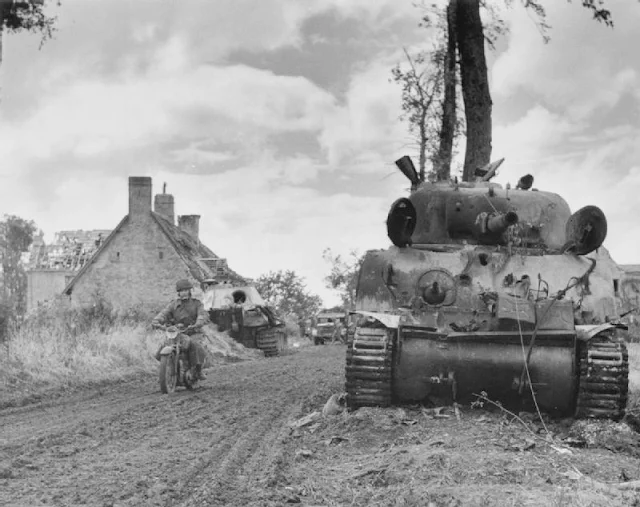 |
A motorcycle despatch rider passes a knocked-out Sherman tank and behind, a German Panther at Fontenay-le-Pesnel, 27 June 1944. Imperial War Museum B6043.
|
 |
Sgt J Lloyd (right) and L/Cpl Jones, two motorcycle despatch riders of the Royal Welsh Fusiliers have a 'brew' before the attack on Evrecy, 16 July 1944. Imperial War Museum B7567.
|
 |
The despatch rider letter service counter in the Corps Signal Office at 12 Corps HQ, 19 August 1944. Imperial War Museum B9397.
|
 |
Corporal P W Collings, a Royal Corps of Signals motorcycle despatch rider with 11th Armoured Division, being briefed by Major E W Townsend, 23 October 1944. Imperial War Museum B11181.
|
 |
Corporal P W Collings, a Royal Corps of Signals motorcycle despatch rider with 11th Armoured Division, delivers a message to a Cromwell tank commander, 23 October 1944. Imperial War Museum B11190.
|
 |
A despatch rider pushes his motorcycle along a flooded road in Holland, past an artillery tractor which has got stuck in a ditch, 8 November 1944. Imperial War Museum B11816.
|
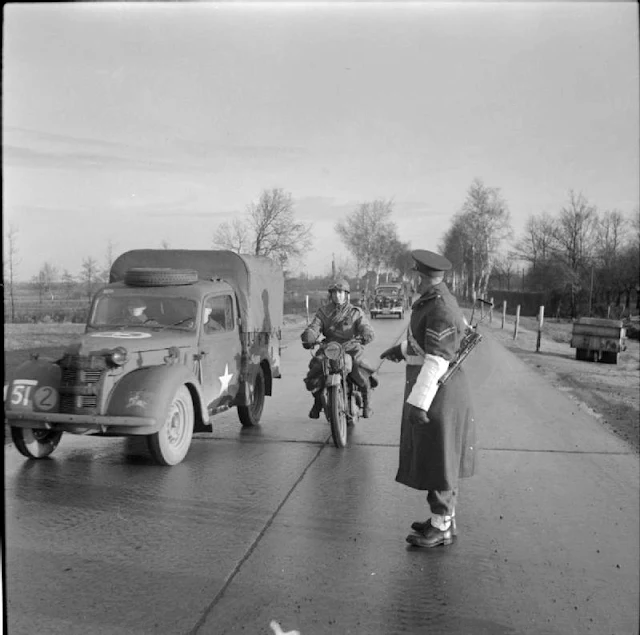 |
A military policeman on traffic duty waves a motorcycle despatch rider through the traffic in Holland, 11 December 1944. Imperial War Museum B12737.
|
 |
A small boy helps a motorcycle despatch rider negotiate a muddy road in Holland, 11 December 1944. Imperial War Museum B12745.
|
 |
A motorcycle despatch rider greets Madame Scarlette, an Englishwoman who runs the Hotel des Fleurs in the village of Les Andelys (place Saint-Sauveur), 31 August 1944. Imperial War Museum B9868.
|
 |
Motorcycle despatch riders pass messages to a headquarters Scout Car Mk
IB during an exercise to test airfield defences in the South of England,
22 July 1941. Imperial War Museum H11826.
|
 |
An ATS policewoman inspects a motorcycle despatch rider's identity card at No.7 ATS Training Centre at Stoughton near Guildford, 24 September 1941. Imperial War Museum H14169.
|
 |
Royal Army Service Corps despatch riders or 'Don Rs' button up their protective coats, Southend, 6 January 1943. Imperial War Museum H26531.
|
 |
Royal Corps of Signals motorcycle despatch riders transport carrier pigeons in baskets strapped to their backs, Southern Command, 15 August 1940. Imperial War Museum H3048.
|
 |
Snow-covered motorcycle despatch riders attached to 2nd Corps Headquarters at Newmarket, 7 January 1941. Imperial War Museum H6469.
|
 |
A British despatch rider on a motorbike pulled up beside a canvas topped army truck. The driver leans out of his cab window, listening to the despatch rider who is pointing ahead. Imperial War Museum Art.IWM ART LD 1960.
|
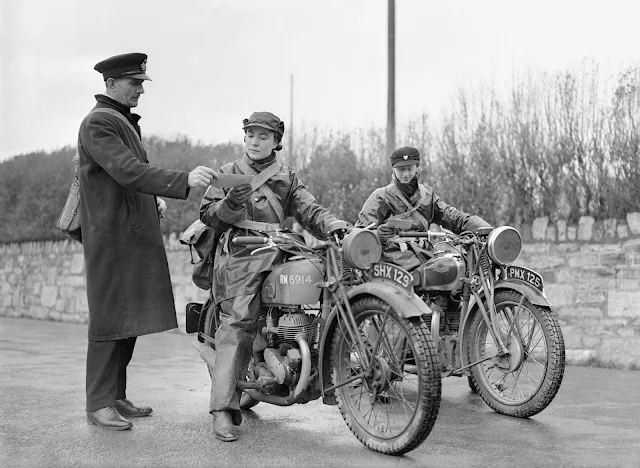 |
Wren (Women's Royal Naval Service) dispatch riders receiving instruction for their next journey. Some of the Wren riders are well known competition riders. Imperial War Museum A2832.
|
 |
Two ATS (Auxiliary Territorial Service) trainee motorcycle despatch riders and a Royal Army Service Corps instructor at York, 23 May 1941. Imperial War Museum H9941.
|
 |
| A dispatch rider on a 250cc BSA C10 receives her orders. |
 |
| Keep calm and ride on. A motorcycle messenger awaits orders at the Auxiliary Territorial Service (ATS) training center, Camberley, 1941. |
 |
| The fine weather kit worn by Wren dispatch riders. |
 |
| A Wren dispatch rider on night duty gets ready for the road, while a fellow Wren gets some sleep. Note the time is 2.20 a.m. |
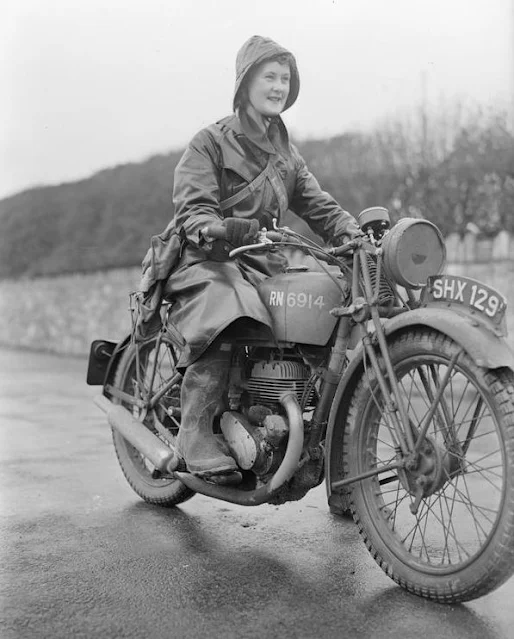 |
| The rain riding kit worn by Wren dispatch riders. |


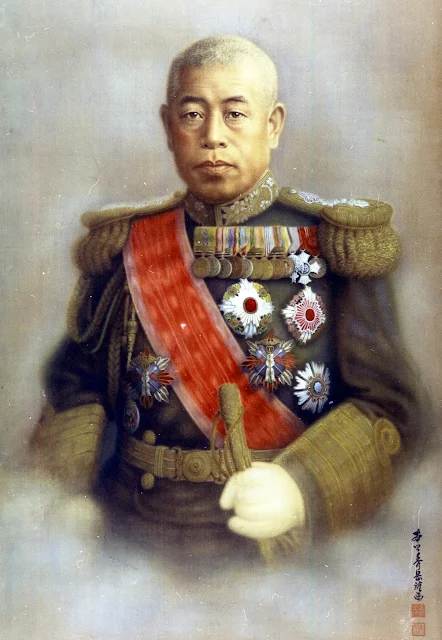
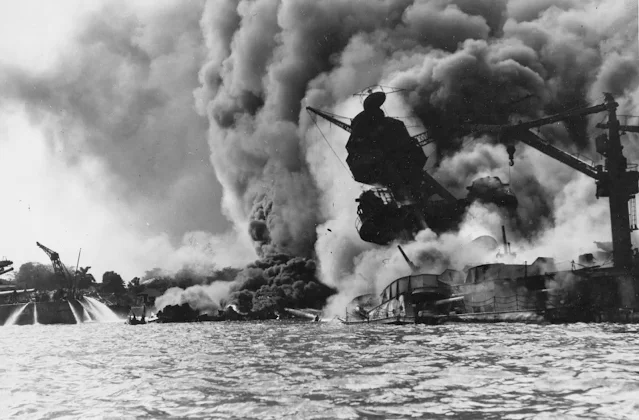



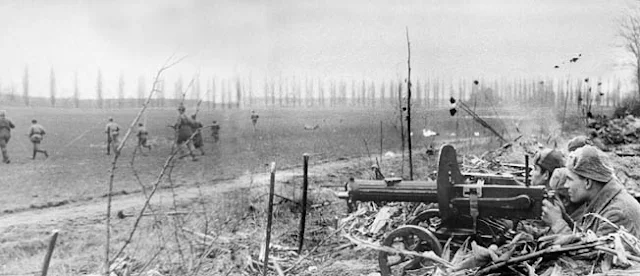
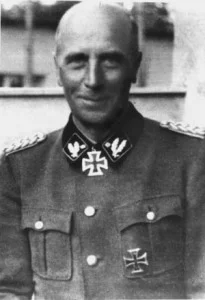















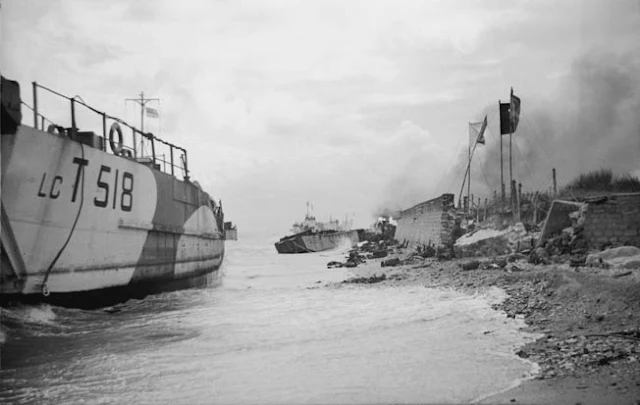











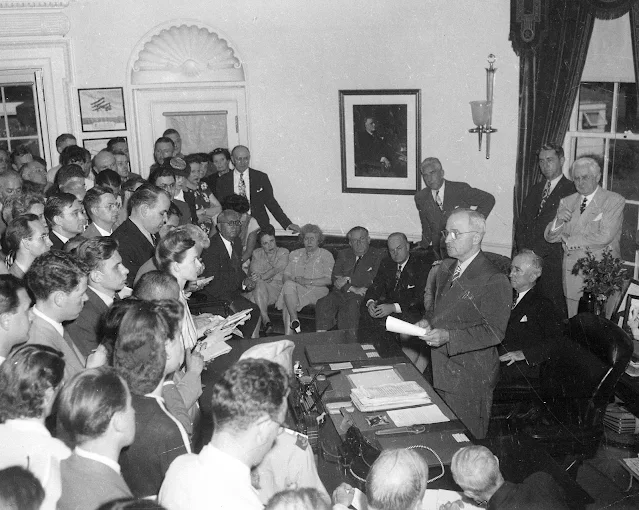























































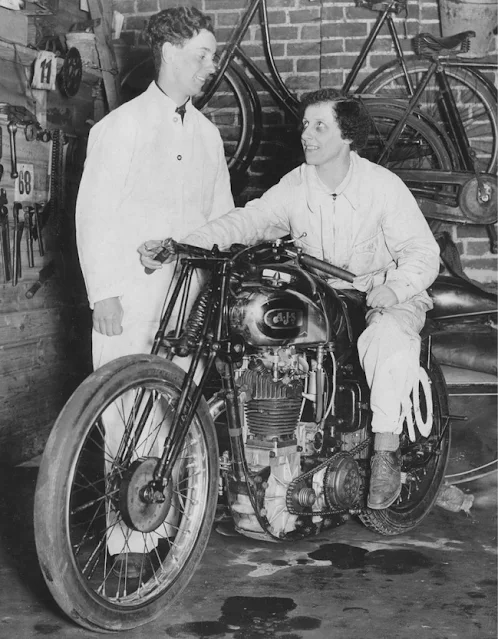


.jpg)
